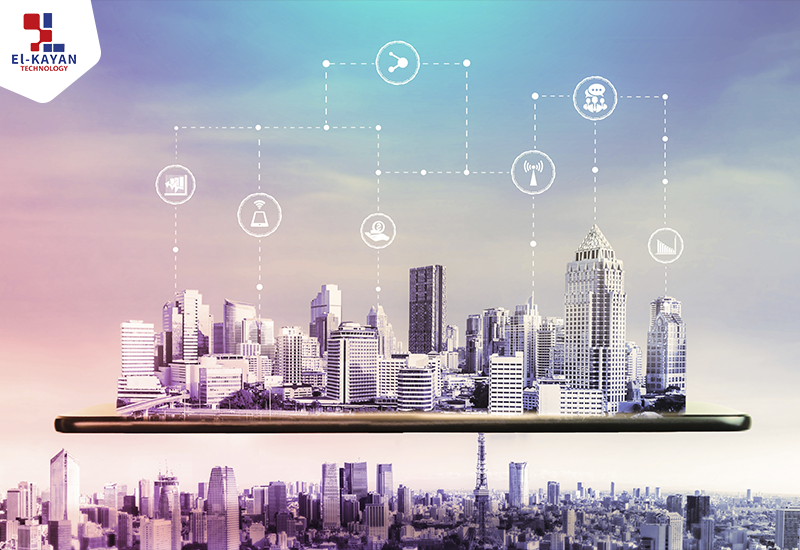


♾️Cities have existed since ancient times, but they are undergoing revolutionary transformations in the modern era. No longer just a collection of streets and buildings, cities are becoming smart, utilizing new technologies to better serve their citizens.
♾️To enable these advancements, cities need fast and stable internet connections. Data must be transmitted in nanoseconds, and computing processes must be completed just as quickly to provide necessary information to citizens and officials. Fiber optics facilitate this rapid data transmission. By integrating fiber optics into transportation, communication, and utilities, city leaders can enhance their smart cities.
➡️Fiber Optics in Transportation
🚇Urban planners in smart cities often use fiber optics to enhance transportation systems. Efficient public transit can make a city more attractive to potential residents and add economic value.
🚇Modern transit users expect real-time updates, best delivered through fiber optics. Sensors and servers that monitor buses and trains can provide real-time updates to riders, informing them of delays and improving their quality of life.
🚥Fiber optics can also enable intelligent traffic lights that adjust to real-time traffic conditions, improving traffic flow and reducing bottlenecks. This level of responsiveness is difficult to achieve with older copper cables.
➡️Fiber Optics and Public Utilities
☢️The future of smart cities includes advancements in utility infrastructure. Many localities and utility providers are adopting smart meters, which simplify monitoring utility usage and reduce the need for staff to read each meter. Smart meters and sensors can help leaders identify trends, such as the need for additional electrical transformers or stormwater pumps in certain neighborhoods.
➡️Fiber optics and public services
👌Citizens in smart cities can benefit from enhanced public services. Streetlights, garbage and recycling facilities, and libraries could all be automated for optimal use. The high bandwidth of fiber optic cables allows cities to set lights to respond to changing conditions, such as bad weather.
➡️Fiber Optics and Communication
🌃Smart city technology can improve communication between officials and the public. Many local and state governments use smartphone apps to disseminate information. Fiber optic internet enables faster and more secure communication, free from latency or bandwidth issues.
♾️From emergency alerts to traffic updates, cities can connect with citizens more effectively and promptly. Investing in fiber optics infrastructure ensures that smart cities have an informed populace.
➡️Fiber optics and business
💰Smart cities can use fiber optics to attract and support businesses and entrepreneurs. With more people starting businesses, cities need to provide the right resources to attract this demographic. Reliable, high-speed internet is crucial.
🆗By incorporating fiber optics, city leaders give startups confidence in their ability to connect globally and grow. This investment also appeals to families, as modern schoolwork increasingly relies on high-speed internet.
📃Conclusion
When planning the future of smart cities, officials should consider integrating fiber optics. Citizens will benefit from enhanced daily services, improved transit, and more efficient communication, making fiber optics a key component of modern urban development.